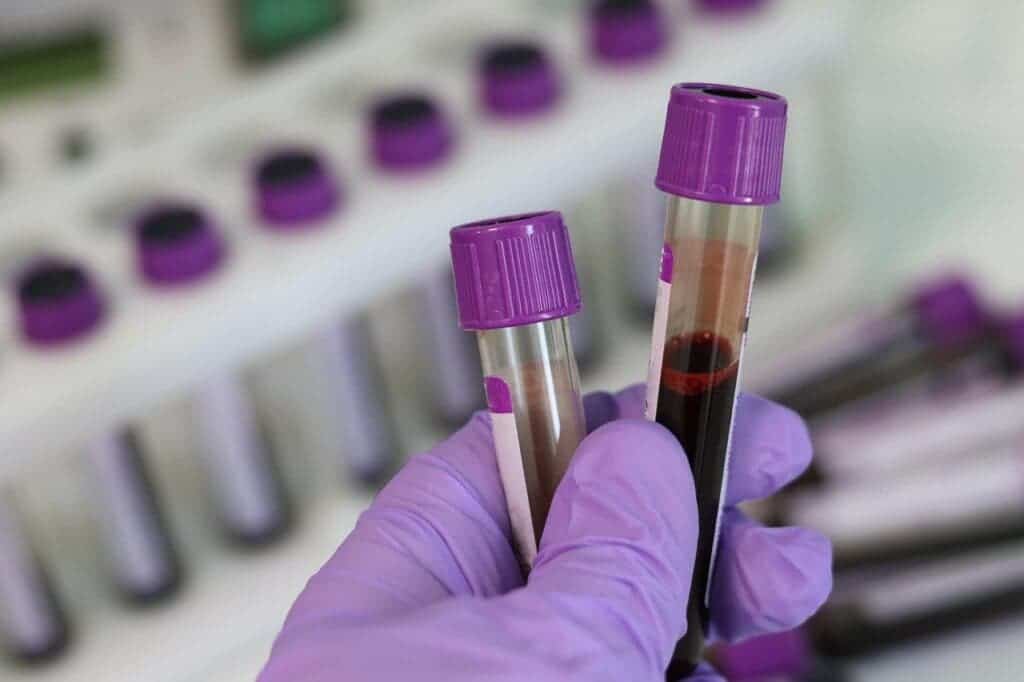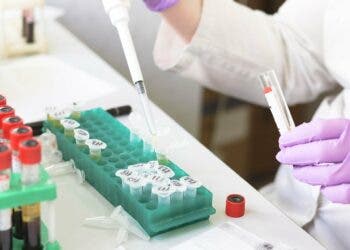Blood tests don’t just record what’s going on inside your body — they’re also influenced by outside conditions.

New research comes with a surprising finding: ambient temperatures have a small, but measurable, effect on the results of medical lab work. While the findings don’t raise cause for concern, they do represent an interesting tidbit for medical personnel to consider when interpreting lab results.
Furthermore, labs could adjust to account for ambient temperatures on the day the samples were harvested using statistical methods, which would eliminate this effect from the results, according to the authors.
Outside influences
“Temperature fluctuations from one day to the next affected the results of some of the most commonly-used laboratory tests in medicine: red and white blood cells, lipids, and many others. It’s important to note that these changes were small: less than one percent differences in most tests under normal temperature conditions,” said study co-author Ziad Obermeyer of the University of California, Berkeley, in an email for ZME Science.
“Nonetheless, we did detect effects of these changes on doctors’ medical decisions, for example, patients who had their cholesterol checked on colder days appeared to be lower-risk in terms of cardiovascular disease, and this led to a lower likelihood of being prescribed a statin.”
Together with Devin Pope of the University of Chicago, Obermeyer analyzed a dataset of lab results performed between 2009 and 2015 over several climate zones. The dataset included over four million different patients. The authors measured how changes in day-to-day temperatures affected the results, over and above the patients’ average values, and seasonal variation.
More than 90% of individual tests and 51 of 75 used in the study had been influenced by ambient temperatures, they report; these included measures of kidney function, cellular blood components, and lipids such as cholesterol and triglycerides. These day-to-day fluctuations very likely do not align with the patients’ long-term physiological trends, the team believes. For example, patients who received lipid panel checks on colder days were 10% less likely to be prescribed statins, a class of cholesterol-lowering drugs, compared to those who received the test on warm days.
“The textbook way of thinking about medical research is ‘bench to bedside’: first we come up with a hypothesis, based on theory, then we test it with data. As more and more big data comes online — like the massive dataset of lab tests we used – we can flip that process on its head: discover fascinating new patterns, and then use bench science to get to the bottom of it,” Obermeyer added for ZME Science.
“I think this ‘bedside to bench’ model is just as important as its better known cousin, because it can open up totally new questions in human physiology we haven’t dreamed of before.”
Since the study didn’t involve any experimental steps, the team could not identify the exact mechanism through which ambient temperatures influence the results of lab work. They’re looking at several possible explanations such as blood volume, specific assay performance, specimen transport, or changes in lab equipment, but they can’t yet say for sure.
“One practical implication of this study is that laboratories could statistically adjust the results they report for the ambient temperature on the test day. This could actually reduce variability by quite a bit – in fact, comparable to getting new laboratory assay technology – but at far lower cost,” Obermeyer added for ZME Science.
“There is some precedent for this: labs often use ‘middleware’ to adjust raw results (e.g., rounding low results to ‘negative’ based on reference ranges). This idea, of improving the ‘software’ rather than the ‘hardware’ of laboratory instruments, is a bit like how Tesla improved braking performance: via a software upgrade to cars’ onboard computers, as opposed to physical changes to the brakes – though of course, anything we do with patient care needs to be done with extreme care, as recent problems with Tesla’s braking software have shown.”
The paper “Variation in common laboratory test results due to ambient temperature” has been published in the journal Med.






